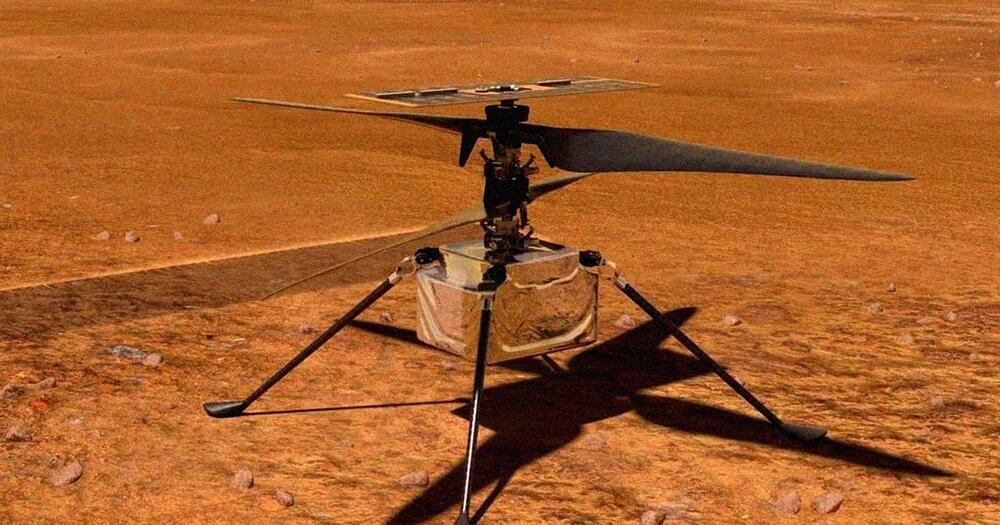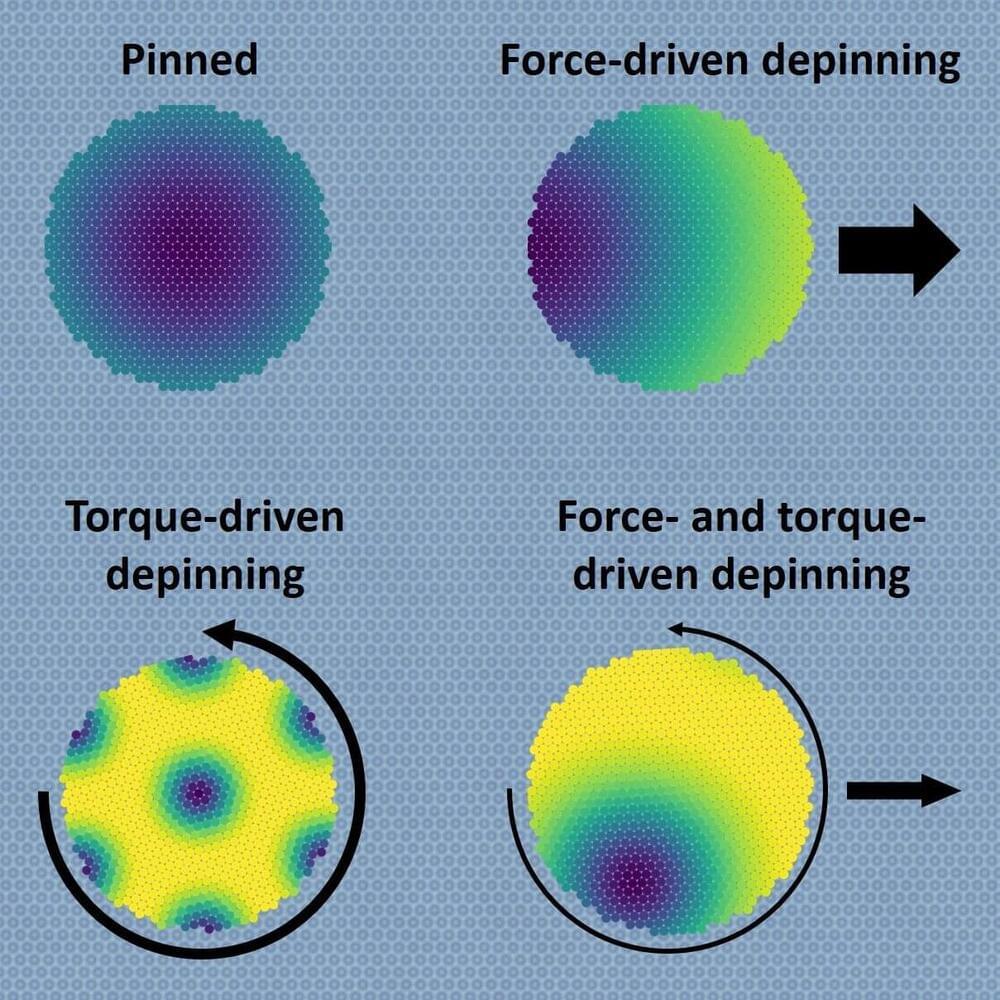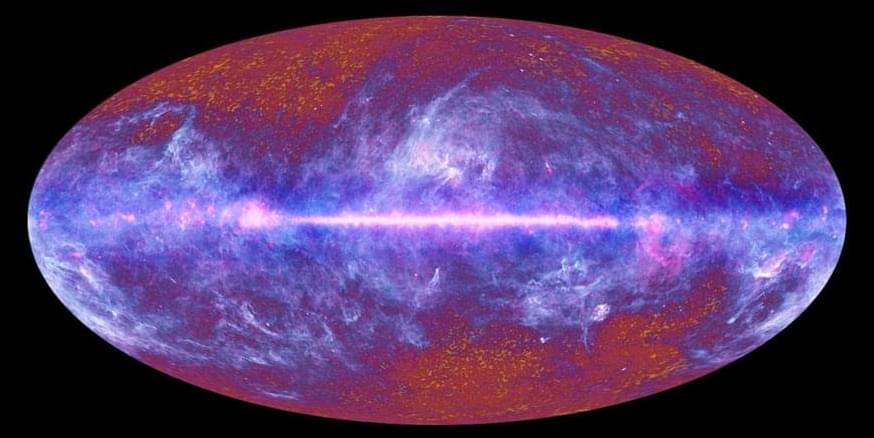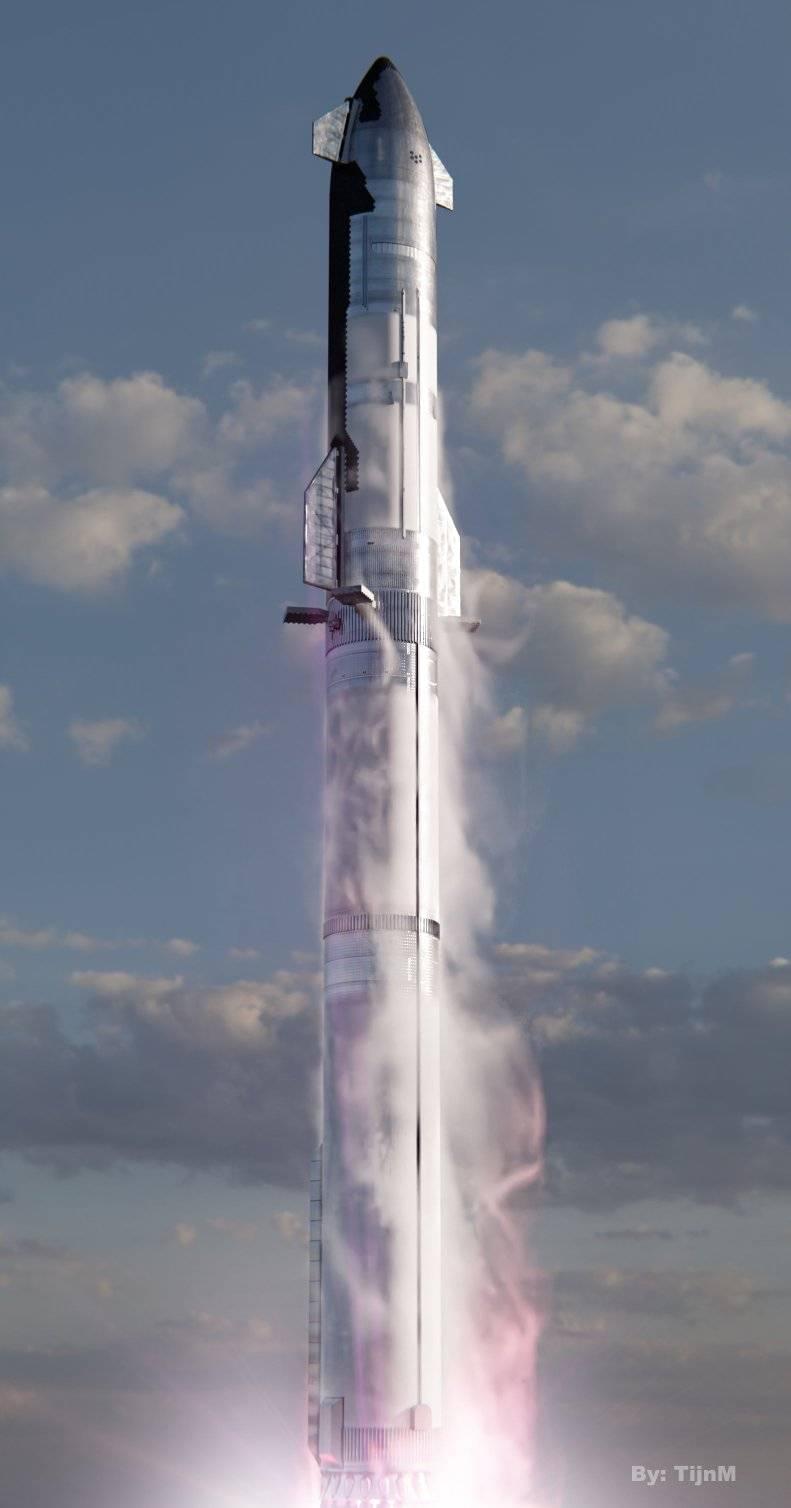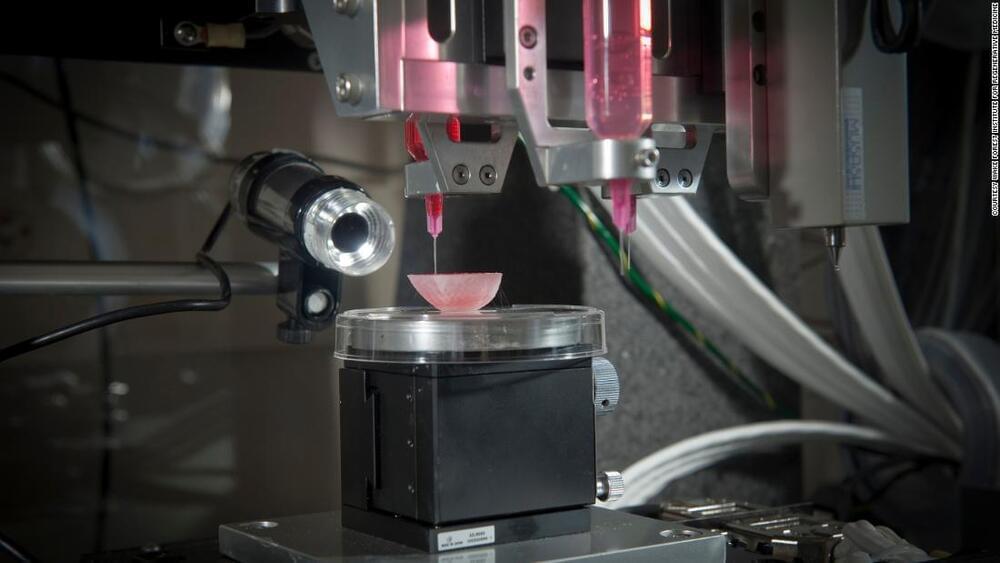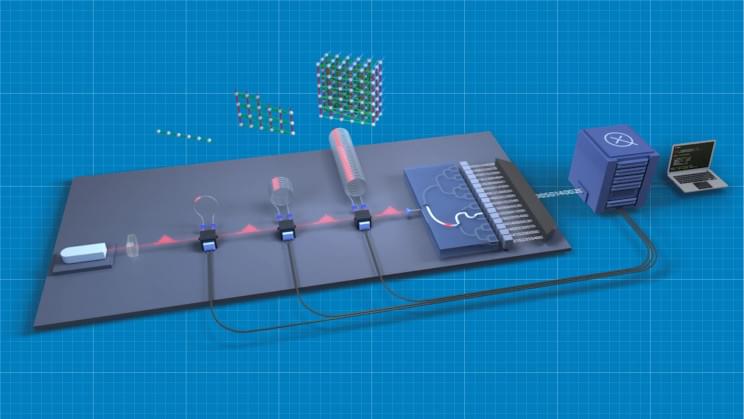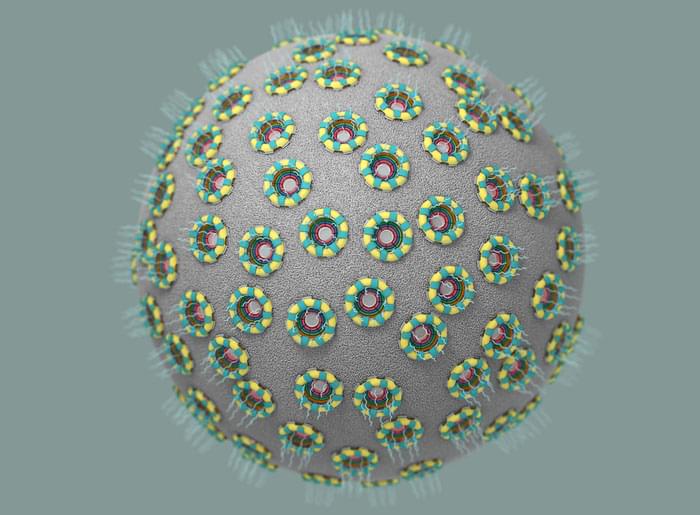Jun 11, 2022
AMD Updated EPYC Roadmap: 5th Gen EPYC “Turin” Announced, Coming
Posted by Shubham Ghosh Roy in categories: computing, finance
As part of AMD’s Financial Analysts Day 2022, AMD has provided updates to its Server CPU roadmap going into 2024. The biggest announcement is that AMD is already planning for the (next) next-gen core for its successful EPYC family, the 5th generation EPYC series, which has been assigned the codenamed Turin. Some key announcements include various segmentations of its expected EPYC 7,004 portfolio, including Genoa, Bergamo, Genoa-X, and Siena.

